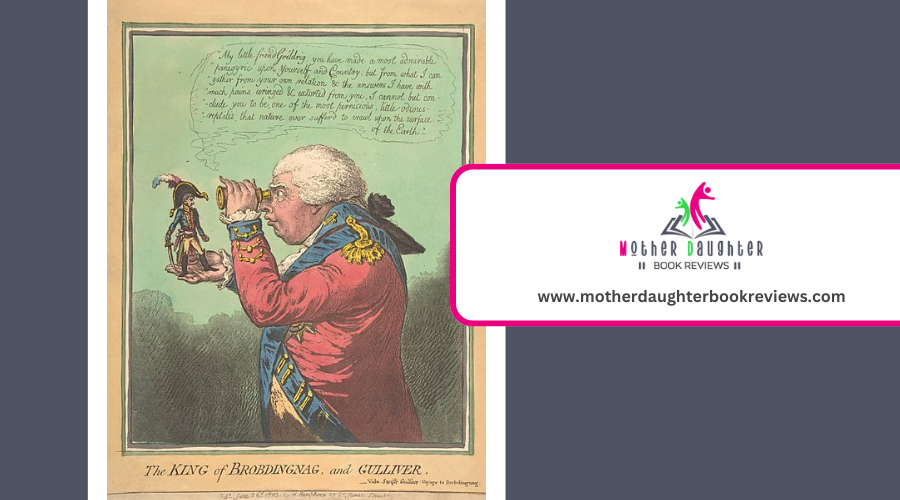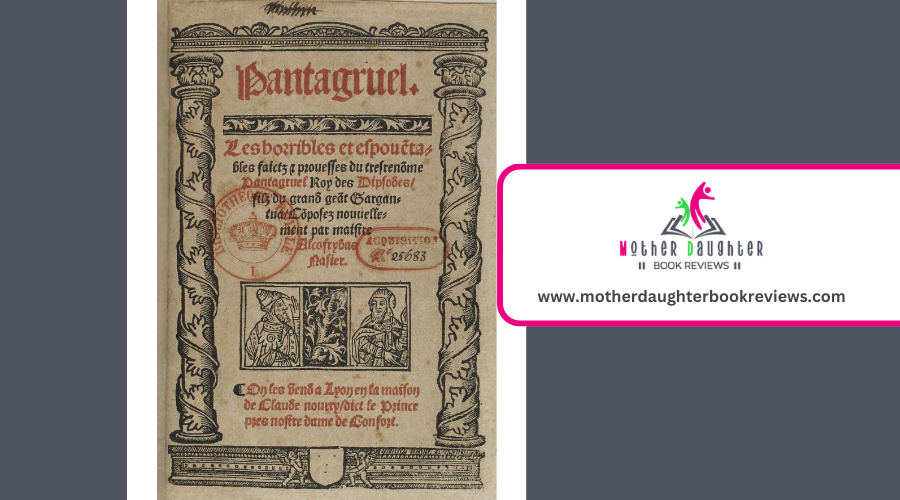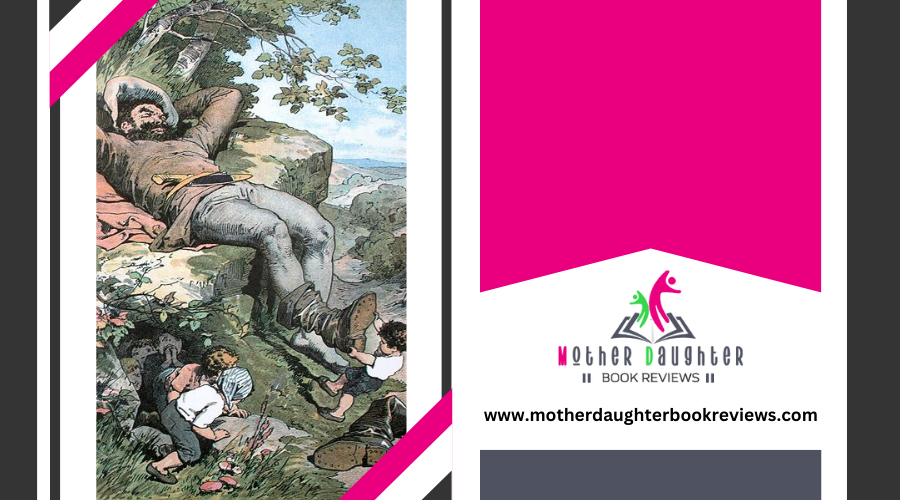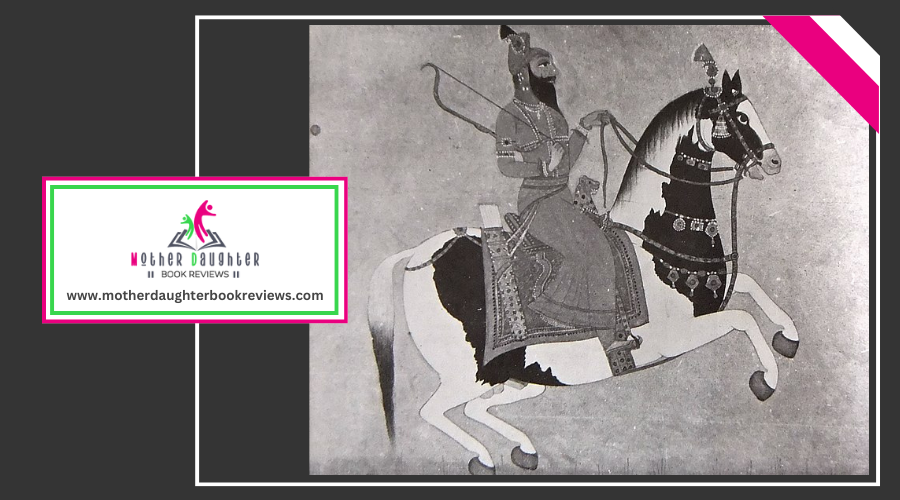How Medieval Literature Shaped Children's Tales
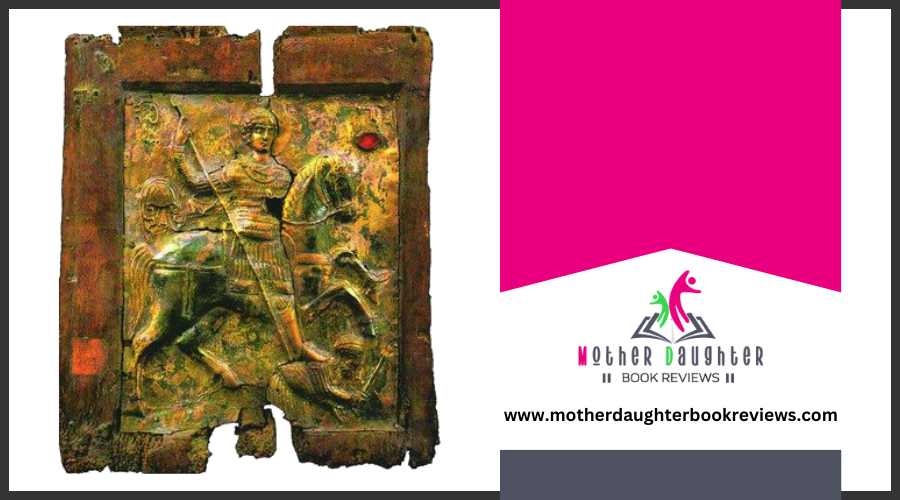
Medieval literature has profoundly shaped children's tales by instilling values like bravery, honor, and loyalty through Arthurian legends and chivalric stories. Fables with animals teaching timeless truths make complex concepts accessible for kids. Magical forests and mythical creatures spark imagination and teach lessons about courage and curiosity. Dragons symbolize formidable challenges, enriching narratives with suspense and heroism.
The Influence of Arthurian Legends
Arthurian legends instill key virtues like bravery, honor, and loyalty. When children read about knights who uphold these values, they're encouraged to embody similar principles in their own lives. The legendary quests depicted in these stories also teach perseverance and the importance of working toward a noble goal, no matter the obstacles.
Moreover, these tales provide a sense of wonder and imagination, fundamental for developing creativity. The magical elements, such as Excalibur or Merlin's enchantments, transport young readers to a world where anything is possible. By immersing in these storied adventures, children not only enjoy enthralling narratives but also glean valuable lessons about character and determination.
Fables and Moral Lessons
Arthurian legends aren't the only medieval stories that captivate young audiences; fables with their straightforward moral lessons also hold a special place in children's literature. Unlike epic tales of knights and valor, fables are brief, often featuring animals with human traits to convey timeless truths. You might be surprised to learn that the origins of many well-known fables trace back to medieval times, often influenced by earlier traditions from Aesop and beyond.
As you investigate these fable origins, you'll see how they were designed not just for entertainment, but to teach fundamental life lessons. Medieval storytellers used fables to instill values like honesty, kindness, and wisdom in young minds. Over time, the moral evolution of these stories adapted to societal changes, yet their core messages remained relevant. For instance, "The Tortoise and the Hare" continues to teach the importance of perseverance, while "The Boy Who Cried Wolf" warns against dishonesty.
In reading these fables, you help children grasp complex concepts through simple, relatable narratives. The enduring appeal of these stories lies in their ability to communicate profound truths in an accessible way, making them indispensable in children's literature.
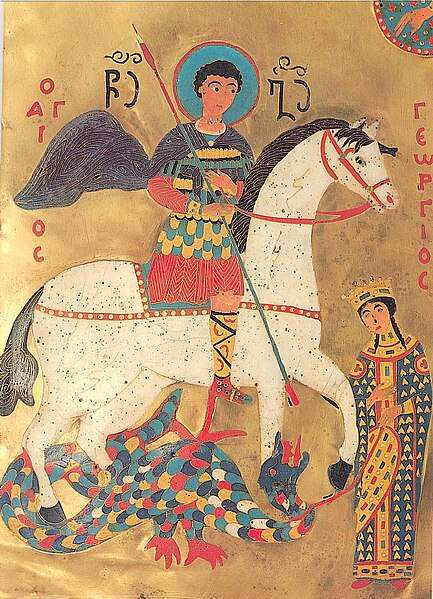
Tales of Chivalry and Bravery
The clang of swords and the gallop of horses instantly transport readers into the thrilling world of medieval chivalry and bravery. You're swept into tales where knights, driven by courtly love and honor, set out on heroic quests. These stories form the backbone of many children's tales, where young readers learn about valor, loyalty, and sacrifice.
Imagine a gallant knight, his armor gleaming under the sun, departing on a quest to rescue a damsel in distress. This imagery, so vivid and enchanting, isn't just for entertainment. It's a vehicle for teaching significant values. When you read about a knight's unwavering dedication to his lady love, you see courtly love in action, showcasing loyalty and respect. These themes resonate deeply, shaping young minds to appreciate the virtues of commitment and honor.
Enchanted Forests and Magic
Amid the towering trees and whispering leaves, enchanted forests come alive with magic and mystery. These enchanted domains captivate young readers, drawing them into worlds where the impossible becomes possible. In medieval literature, enchanted forests are often teeming with magical beings, creating a rich tapestry of wonder and adventure.
When you explore these tales, you'll find several recurring elements:
- Hidden Pathways: Enchanted forests are filled with hidden pathways that lead to unknown destinations, challenging characters to be brave and curious.
- Magical Beings: From fairies to talking animals, these territories are inhabited by magical beings that offer guidance, pose riddles, or present challenges.
- Time Distortion: Time often works differently in enchanted forests, where minutes can stretch into years or vice versa, adding an element of surprise and urgency.
These elements not only enchant children but also teach valuable lessons. They encourage bravery, curiosity, and the understanding that magic can be found in the most unexpected places. Medieval literature's portrayal of enchanted domains and magical beings continues to influence modern children's tales, ensuring that these mystical forests remain timeless and ever-intriguing.
Dragons and Mythical Creatures
Often central to the thrill and adventure of medieval literature, dragons and mythical creatures ignite the imagination with their awe-inspiring presence. When you immerse yourself in these ancient tales, you'll encounter dragons symbolizing both fearsome power and noble guardianship. These mythical beasts serve as monumental challenges for heroes, representing the ultimate test of courage and wisdom.
In many stories, dragons guard riches or sacred places, embodying obstacles that only the bravest can overcome. This dragon symbolism translates into children's tales, where young readers learn about bravery, resilience, and cleverness. For instance, think of classic fairy tales where the hero must outsmart or defeat a dragon to achieve a noble goal.
Mythical creatures beyond dragons, like griffins, unicorns, and mermaids, also populate these medieval narratives. You'll find that these creatures add layers of magic and mystery, creating rich, imaginative worlds that captivate young minds. Each mythical beast carries its own set of characteristics and symbolism, enriching the stories and teaching valuable lessons.
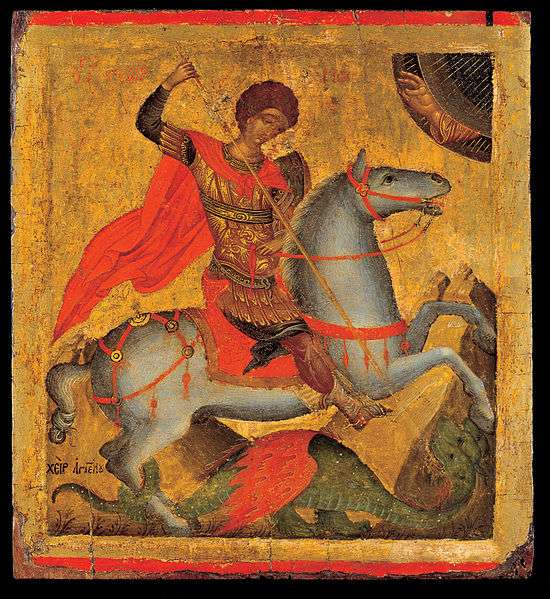
Modern Adaptations of Medieval Tales
Dragons and mythical creatures have left an indelible mark on our collective imagination, and you can see their influence in modern adaptations of medieval tales. These ancient stories have undergone fairy tale transformations, evolving into narratives that resonate with today's audiences. You'll notice this especially in popular media, where the core elements of medieval literature are reimagined to fit contemporary tastes and values.
Modern adaptations often preserve the essence of the original tales while updating their narrative structure. For example:
- Character Development: Heroes and heroines are given complex backstories and motivations, making them more relatable.
- Themes: Modern themes like equality and justice are interwoven with traditional medieval themes of honor and bravery.
- Settings: Fantastical medieval settings are mixed with modern or futuristic elements to create unique, engaging worlds.
These changes reflect a narrative structure evolution, where the timeless appeal of medieval tales is maintained, yet adapted to be more captivating for a contemporary audience. By doing so, you get to experience the magic of medieval literature in a way that feels both nostalgic and revitalizing.
Conclusion
Medieval literature has shaped children's tales by embedding timeless values like bravery, honor, and loyalty. Through thrilling quests and enchanted forests, these stories captivate young readers while teaching important lessons. The noble deeds of knights and the simple truths of fables have inspired countless modern adaptations.
Dragons, magical lands, and moral challenges create lasting images of courage and curiosity. These ancient tales continue to evolve, offering young minds inspiration and guidance through imaginative adventures filled with both excitement and meaning.

